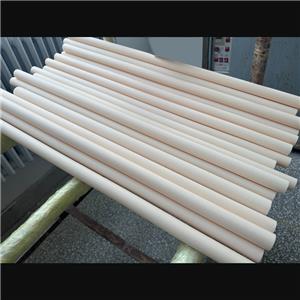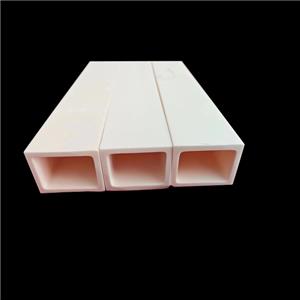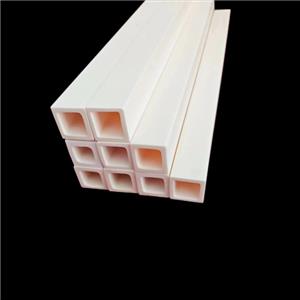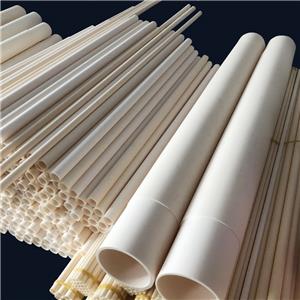The properties of alumina ceramics
The properties of alumina ceramics

Alumina ceramics have the properties of high temperature resistance, wear resistance, chemical resistance and high density.
High temperature resistance: Alumina ceramics can be used in the atmosphere up to 1650°C or 2900°F, and in the vacuum environment of 2000°C or 3600°F. At 1000 degrees Celsius, it maintains 50% of its tensile strength at room temperature. Although the strength of metals is weakened in high temperature environments, alumina ceramics retain their strength when they return to normal temperatures and remain unchanged. Alumina ceramics have high electrical resistivity and can reduce thermal shock, and increased purity will increase their electrical resistivity. Alumina ceramics become a perfect insulating material due to its dielectric level, etc., and current cannot pass through them.
Wear resistance: Wear resistance means that the material will maintain its original structure even after mechanical wear. Hardness shows the material's ability to withstand mechanical wear and abrasion. Alumina ceramics are harder than steel and tungsten carbide tools. They are better than sapphire, grinding linings and bearings are better. According to Rockwell hardness, alumina ceramics are second only to diamonds under the conditions of HRA80-90. Due to its hardness, alumina ceramics are very resistant to wear. The mechanical properties of a material are determined by its strength, which is the amount of stress it can withstand. Alumina ceramics have good strength and hardness, and its wear resistance is very strong.
Chemical resistance: Alumina ceramics is resistant to acids and alkalis at high temperatures because it is inert, not chemically reactive, which makes it resistant to the influence of chemicals such as solvents and salt solutions.
High density: The density of a material is its mass divided by its volume, which is read as grams per cubic centimeter (g/cm3), where gram is the mass and cubic centimeter is the volume. As the volume increases, the density of the material also increases. Alumina ceramics are made of fine particles, and there are few voids in the material, which means the material has a higher volume and density. The density of alumina ceramics changes according to temperature. At 25°C, its density is 3.965 g/m3 under standard atmospheric pressure.




